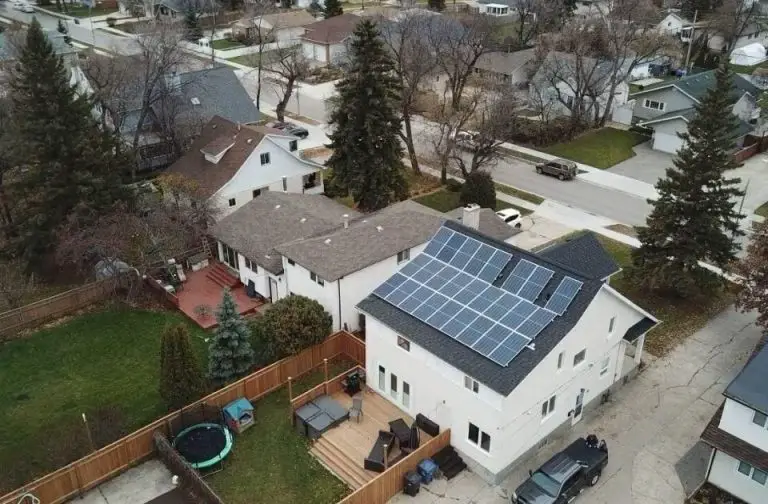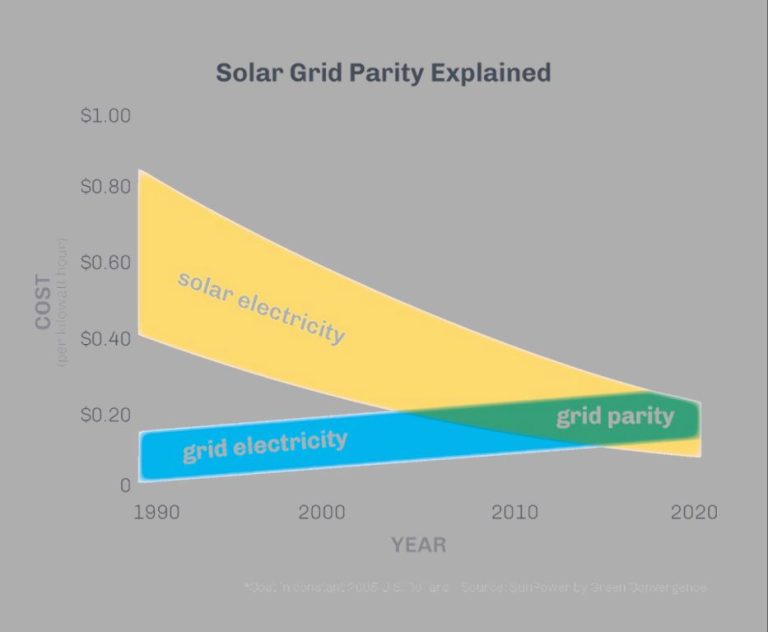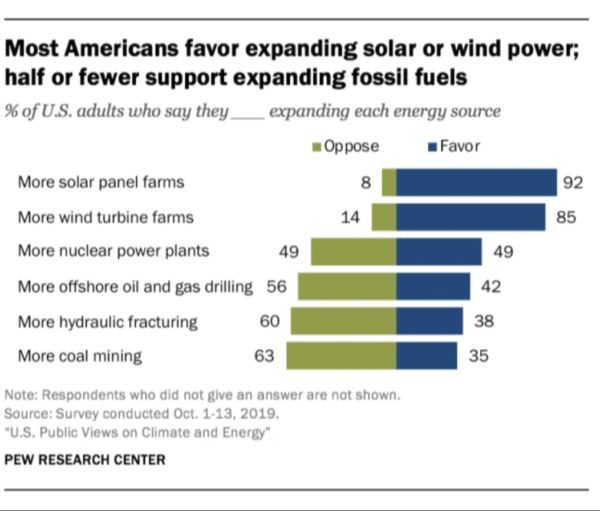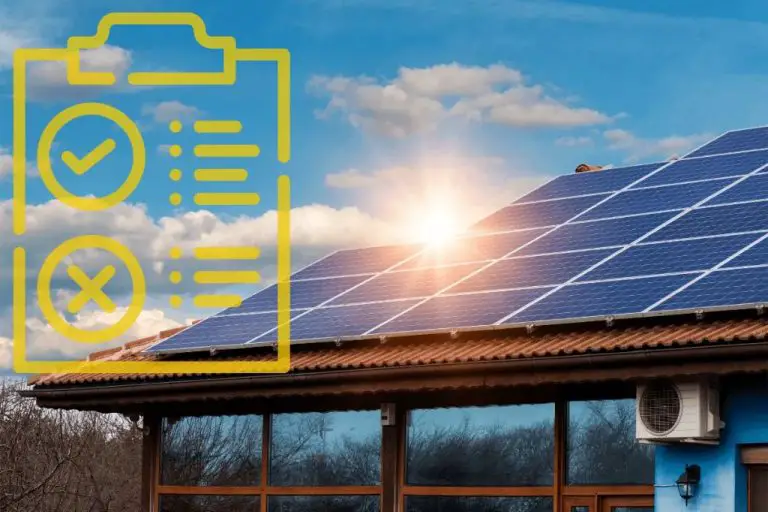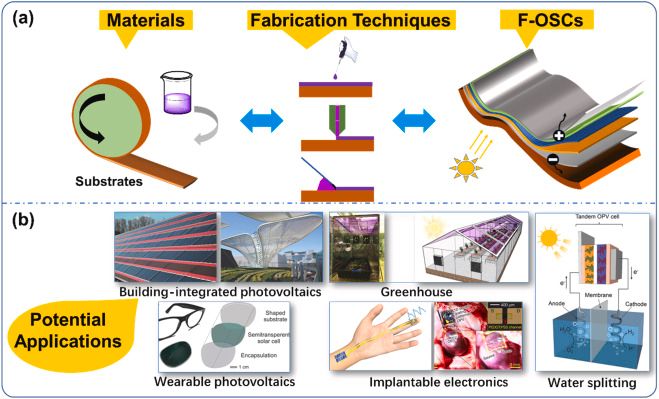How Does The Solar Tax Credit Work If I Don’T Owe Taxes?
What is the solar tax credit?

The solar tax credit, officially called the Solar Investment Tax Credit (ITC), is a federal income tax credit that allows you to deduct a percentage of the cost of installing a solar energy system from your federal taxes. The ITC was originally enacted in 2006 and has been renewed and expanded over the years. As of 2020, the ITC allows you to deduct 26% of the cost of installing a residential solar energy system from your federal taxes. For commercial and utility-scale systems, the credit is 26% as well. This tax credit significantly reduces the overall cost of going solar for homeowners and businesses.
The way the ITC works is you can deduct 26% of the total cost of purchasing and installing a solar energy system from your federal income taxes in the year the system is placed into service. So if you spend $15,000 to install solar panels on your home, you can deduct $3,900 (26% of $15,000) from your federal income taxes that year. This greatly offsets the upfront costs of installing solar. The ITC applies to both residential and commercial solar energy systems.
Sources: https://www.seia.org/initiatives/solar-investment-tax-credit-itc, https://www.energysage.com/solar/solar-tax-credit-explained/
Who qualifies for the tax credit?
The solar tax credit is available to both homeowners and businesses that install solar energy systems on properties located in the United States. To qualify, you must own the property where the solar PV system is installed. If you lease a solar system or have a solar power purchase agreement, you do not qualify for the tax credit.
There are no income limits or caps on the amount of credit you can claim. The tax credit can be used to offset both regular income taxes and alternative minimum tax (AMT). The credit covers both the cost of the solar panels or modules, as well as other equipment like inverters and racking.
According to the IRS, you can claim the credit if you are a homeowner who resides in the U.S., a landlord who rents out a residential property in the U.S., or a business operating in the U.S. (Source: IRS)
How is the credit calculated?
The solar tax credit is calculated as a percentage of the total cost to purchase and install the solar energy system, including solar panels, inverters, wiring, and labor (see Homeowner’s Guide to the Federal Tax Credit).
For systems installed in 2022-2032, the solar tax credit percentage is 30% of the total system cost. Starting in 2033, the percentage drops to 26%, then 22% in 2034. After 2034, there will be no federal tax credit for residential solar panel installation (see Nerdwallet).
There is no dollar limit on the size of the credit. The 30% tax credit in 2022-2032 applies to as much of the solar system’s cost as the homeowner has incurred in that tax year.
Can you claim the credit if you don’t owe taxes?
Yes, you can still claim the solar tax credit even if you don’t owe any taxes. The residential solar tax credit allows you to carry forward any unused credit for up to 20 years. So if your tax liability for the year is less than the amount of the credit you qualify for, you can carry forward the unused portion to apply against your tax liability in future years until the full amount of the credit has been used up [1].
For example, if you qualify for a $6,000 tax credit but only owe $4,000 in federal taxes, you could claim $4,000 of the credit to reduce your tax liability to zero for the year. You could then carry forward the remaining $2,000 to apply against your tax liability in future years.
This carryforward can be used for up to 20 years after the year the solar system was installed. So you have a lengthy window to make use of the full credit even if your tax liability is low in the initial years after going solar [2].
Carrying forward the credit
If you can’t claim the full amount of the solar tax credit in the year you install your system, you may be able to carry forward the unused portion of the credit to future tax years. According to the IRS, “a taxpayer may carry forward the unused amount of the credit to reduce tax liability in future tax years” (source).
You can continue carrying forward your unused residential solar tax credit for up to 20 years after the year you placed your solar system in service or until your tax liability is high enough where you can claim the full amount, whichever comes first. This allows you to claim the credit over multiple years until you’ve received the full value. The carryforward period begins the year after you first claim the credit. For example, if you claim part of the credit in 2022, any remaining amount can be claimed through tax year 2042 (source).
It’s important to note that you must claim the credit each subsequent year on your tax return by filing IRS Form 5695. Any unused credit not claimed within 20 years is forfeited. Consult a tax professional to ensure you properly carry forward your residential solar tax credit.
Claiming a refund
If the solar tax credit exceeds your tax liability for the year, you may be eligible for a refund of the remaining amount. According to the Department of Energy, there is no limit on the amount that can be carried forward to future tax years.
To claim a refund, you need to file IRS Form 5695 with your tax return. The amount of credit available for refund is shown on line 35 of the form. This amount gets carried over to your Form 1040, Schedule 3, line 6 and flows through to Form 1040, line 21a to calculate your total refund amount.
The refund is issued as part of your annual income tax refund after you file your return. Most refunds are issued within 3 weeks, but can take up to 6 weeks to process. If claiming a refund, it is recommended to file your taxes early in tax season.
You can claim a refund of your residential solar tax credit for up to 20 years after the year you placed the system in service. However, the value of the credit will be lower in future years as the percentage phases down.
Transferring the credit
The solar tax credit is transferable, meaning you can sell or transfer unused credits to another taxpayer instead of carrying them forward yourself. This provides an opportunity to receive cash value for the credits immediately. According to Thompson Coburn, the credit can be transferred to a bank or other investor with a tax liability.
To transfer the credit, you must first apply for and receive a certificate of eligibility from the IRS. This certifies that you are entitled to the credit. Once you have the certificate, you can sell or transfer the credit in exchange for cash. The amount of cash received is negotiable between you and the purchaser. From the purchaser’s perspective, they are able to reduce their tax liability at a discount compared to the face value of the credit. This mutually beneficial transaction allows both parties to maximize the value of the solar tax credit.
Using the credit each year
The solar tax credit allows you to claim a portion of the credit each year for the first five years after your solar system is installed and placed in service. Specifically, you can claim 30% of the total credit in the first year, then 26% of the remaining amount in year two, and 22% of the remaining amount in year three. For years four and five, you can claim 21% of the remaining amount (Homeowner’s Guide to the Federal Tax Credit for Solar).
This staged approach allows you to maximize the value of the credit by planning when you need the tax savings. For example, if you are just starting solar investments, you may want to claim the maximum 30% in year one. Or if you have fluctuating income and taxes, you can claim more of the credit in high tax years and less in lower tax years. Consulting with a tax advisor can help plan the optimal way to use the credit.
Deadline for claiming the credit
You must claim the solar tax credit by the federal tax filing deadline, which is typically April 15 of the year following the year you installed the solar energy system. For example, if you installed solar panels in 2023, you would need to claim the credit by April 15, 2024 when filing your 2023 taxes.
If you file for an extension, you have until October 15 to file your return and claim the credit. However, any tax due must still be paid by April 15 to avoid penalties and interest.
The deadline for claiming the credit depends on when you placed your solar energy system in service – that is, when it was ready and available for use. You must claim the credit for the tax year when you placed the system in service, even if you’re paying for it over multiple years.
If you fail to claim the credit by the deadline for that tax year, you will lose the ability to claim it in future years. The solar tax credit is non-refundable, meaning the credit can reduce your tax liability to zero for the year, but you cannot get a refund on any unused portion.
So meet the tax filing deadlines to properly claim the credit in the appropriate year. Consult a tax professional if you need help determining when and how to take the credit.
Consult a Tax Professional
The rules around claiming the solar tax credit if you don’t owe taxes are complex. The IRS has specific requirements on carrying forward credits, claiming refunds, and transferring credits that can be confusing to navigate.
Consulting with a tax professional or CPA who specializes in solar credits is highly recommended. They can provide expert guidance on maximizing the value of your credit based on your personal financial situation.
According to the article on Common CPA FAQs: Solar Tax Investing, “The intricacies of tax code can be convoluted and confusing, so having an experienced CPA on your team is key.” Their expertise can ensure you fully benefit from the credit while remaining compliant with IRS regulations.

